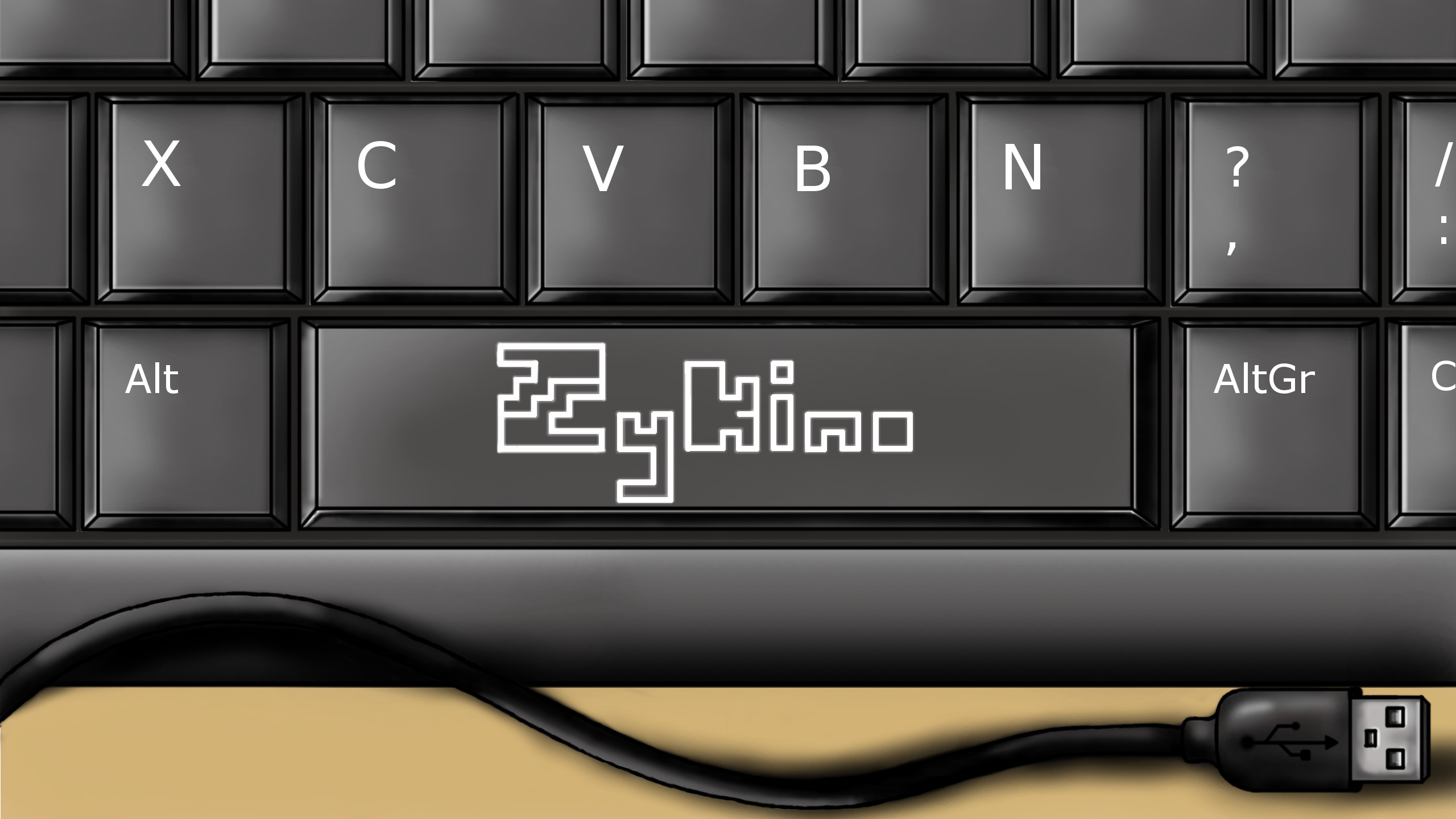- 1 Post
- 51 Comments
I would recommand to never copy paste but retype so you have the commands on your finger memory.
Also don’t be afraid to
--helpeverything. It give more option for commands you know quicker than theman.
Yes. I talked about screenshots because the first message said:
I can’t see any screenshots from the article, all require a bluesky account. At least on twitter you could see images without login before the takeover.
For “text source only” I’m with you quotes are enough.
And if images are post anywhere, always provide an alt text, plz everyone !
I don’t say “remove the source”, I say “the source can disappear, the way back machine have already been attacked, just do your own copy of the source and make it available”.
I know screenshots can be faked, but if your news source does it it is not reliable. Drop it immediately.
Source can be destroyed. An alternative screenshoot backup/proof is good measure. Especially in web its better to not depend on an outside server.
Like if they close (or some billionaire buy them and requires an account for everything), your content becomes worthless.
Collecting the traces can cost some performance, but that is a small price to pay for the advantages and could even be turned off in production builds.
They clearly intend this post for developers.
But yeah I want my stacktraces… in my IDE/debugger where I can see them and jump the stack. Most of the time I just need the head, where the breakpoint (or crash) is.
They also complain about rust where you can
RUST_BACKTRACE=1 <program>. The default error tells you so !
I’m with the others:
fddefault syntax is easier to remember.And for the interactive search I’m using
skim. With it Icdto the dir I want andAlt tto trigger fuzzy finding. There are also bindings to search for dir or in the history. The neat part is that results are inserted as is in the command line, no need to xargs or copy them. It also make the history look like I always know where the files I want are when in reality they are just fuzzy-found
First time I hear about checked exceptions. How do you use them ? Are you forced to handle them explicitly ? Is the handling checked at compile time ?
They are OS threads (so yes heavy).
But I think if you manage to use-after-free or other memory error in safe Rust it’s a compiler bug. Or you used
unsafeand have a soundness issue in the code you did.Note : as I understand it, unsafe is a way to tell the compiler you can check its safety guarantees yourself. But you may fail and get back other languages inexistent guarantees.
- Is a modern language with a good build system (It’s like night and day compared to CMake)
Meson exists … as do others.
But they are not the default option. And your new job may not use them.
- And I just like how the language works (errors as values etc.)
Fair enough; though why? What’s wrong with exceptions?
Exceptions is a non standard exit point. And by “non standard” I’m not talking about the language but about its surprise appearance not specified in the prototype. Calling
double foo();you don’t know if you should try/catch it, against which exceptions, is it an internal function that may throw 10 level deep ?By contrast
fn foo() -> Result<f64, Error>in rRst tell you the function may fail. You can inspect the error type if you want to handle it. But the true power of Result in Rust (and Option) is that you have a lot of ergonomic ways to handle the bad case and you are forced to plan for it so you cannot use a bad value thinking it’s good:foo().unwrap()panic in case of error (see alsoexpect)foo().unwrap_or_default()to ignore the error and continue the happy path with 0.0foo().unwrap_or(13.37)to use your defaultfoo()?to return with the error and let the parent handle it, maybe

 3·3 months ago
3·3 months agoI’m using helix with arrows. On a standard layout its not so great, but on my main keyboard I have a layer with arrow keys near hjkl. So I can use that on all software even on my BÉPO (DVORAC like) layout.

 5·4 months ago
5·4 months agoFrom the article’s own summary.
False Load Output Prediction and Speculative Load Address Prediction allow for data leaks without malware infection
But I guess “IA summary” did its best ¯\_(ツ)_/¯
Fake, all strain to their food, not a single one crossing to its neighbor’s food. /s
You have a beautiful collection :)

 2·4 months ago
2·4 months agoWhy should I use a sudo alternative?

 2·4 months ago
2·4 months ago-gis not documented, what does it do?Note: this made me discover topless (SFW) and its Caveat section.

 1·4 months ago
1·4 months agoFrom your example, I have a hard time inferring what is it doing.

 3·4 months ago
3·4 months ago--single-branch

 1·5 months ago
1·5 months agoIn this capitalist word? None of my boss would have allowed that. Hopfully working on a product for the good of peoples with special needs (almost medical stuff) get employes and managers invested for their client’s well-being.





Au secours c’est trop bizarre à lire “moimoi”.